
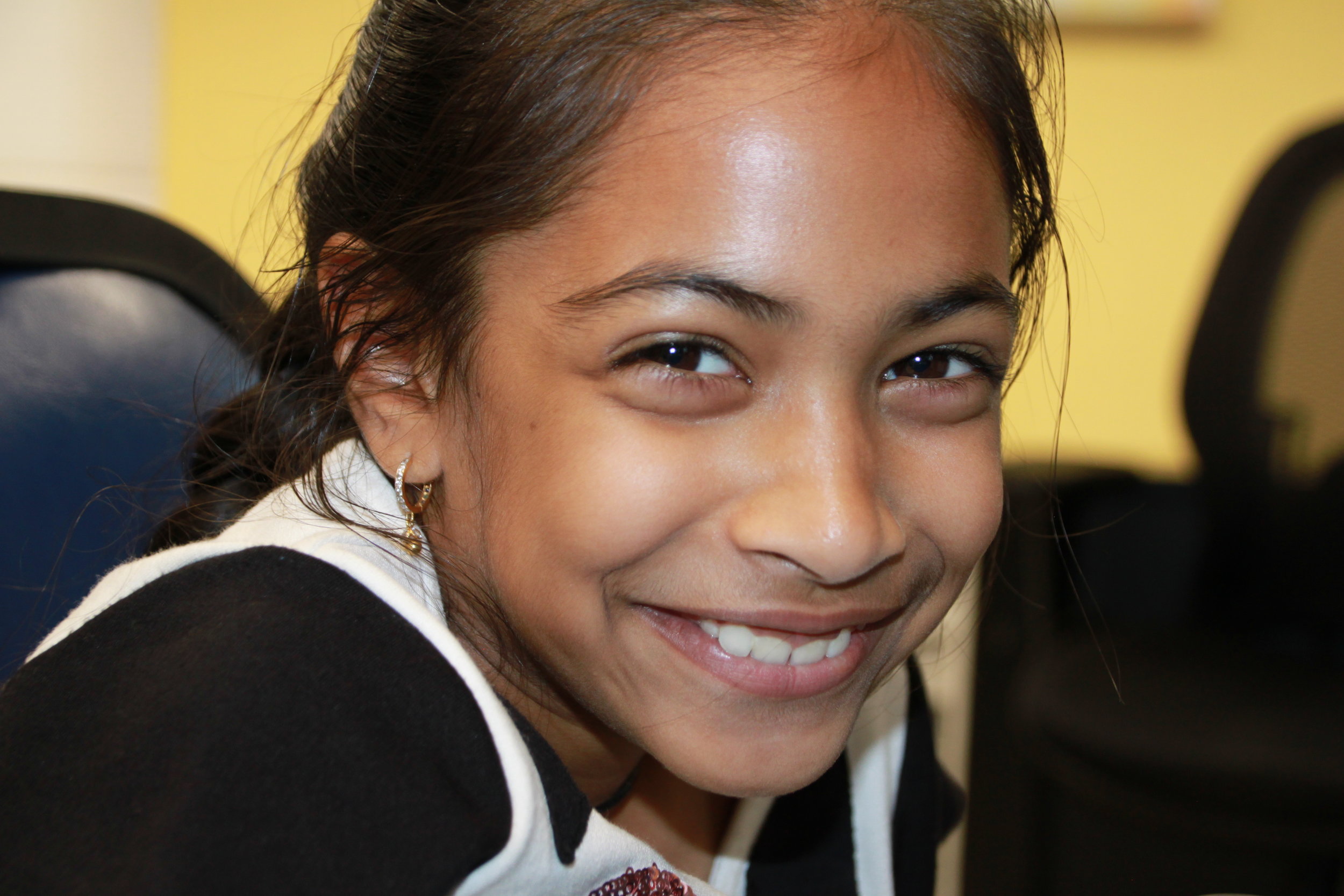


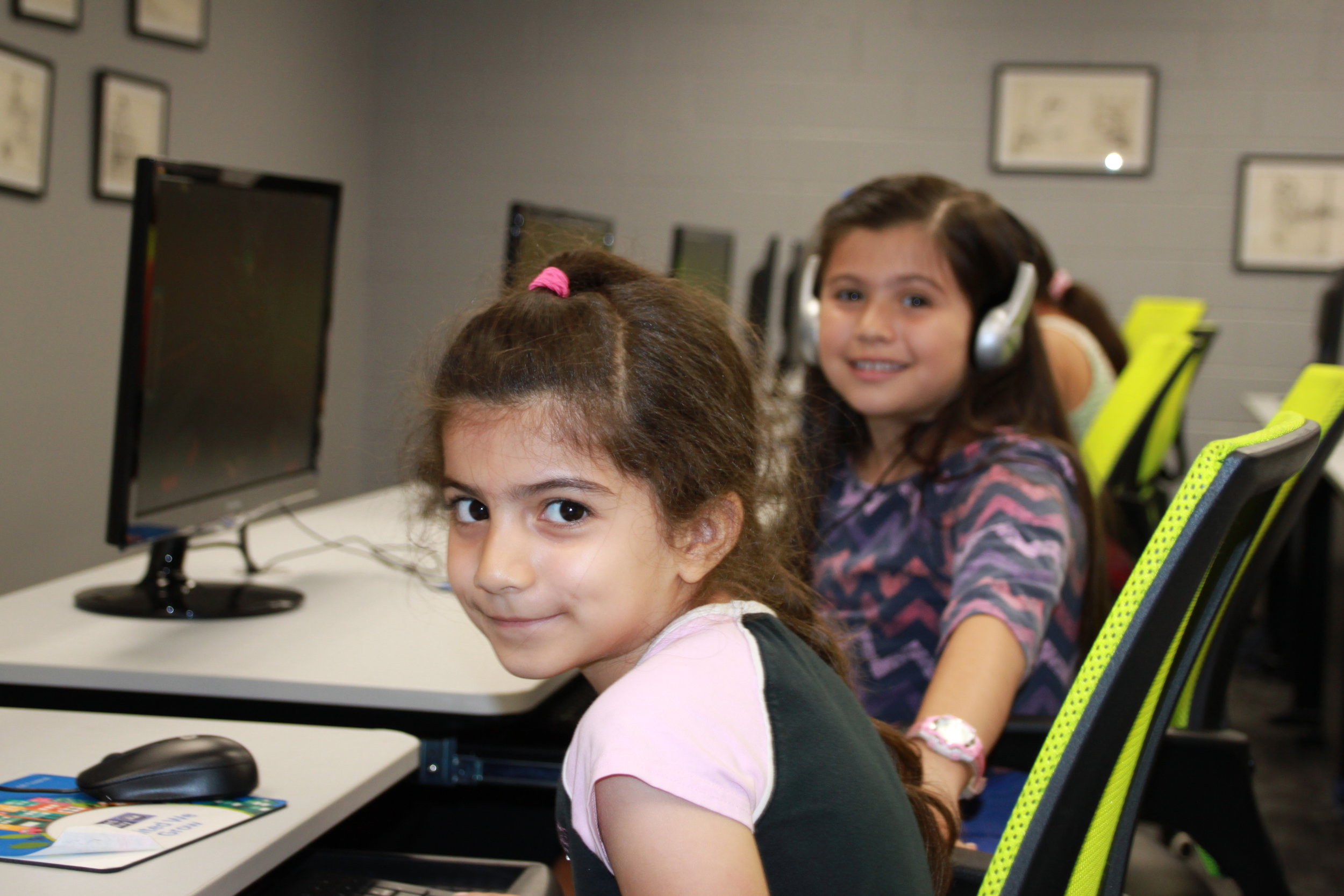

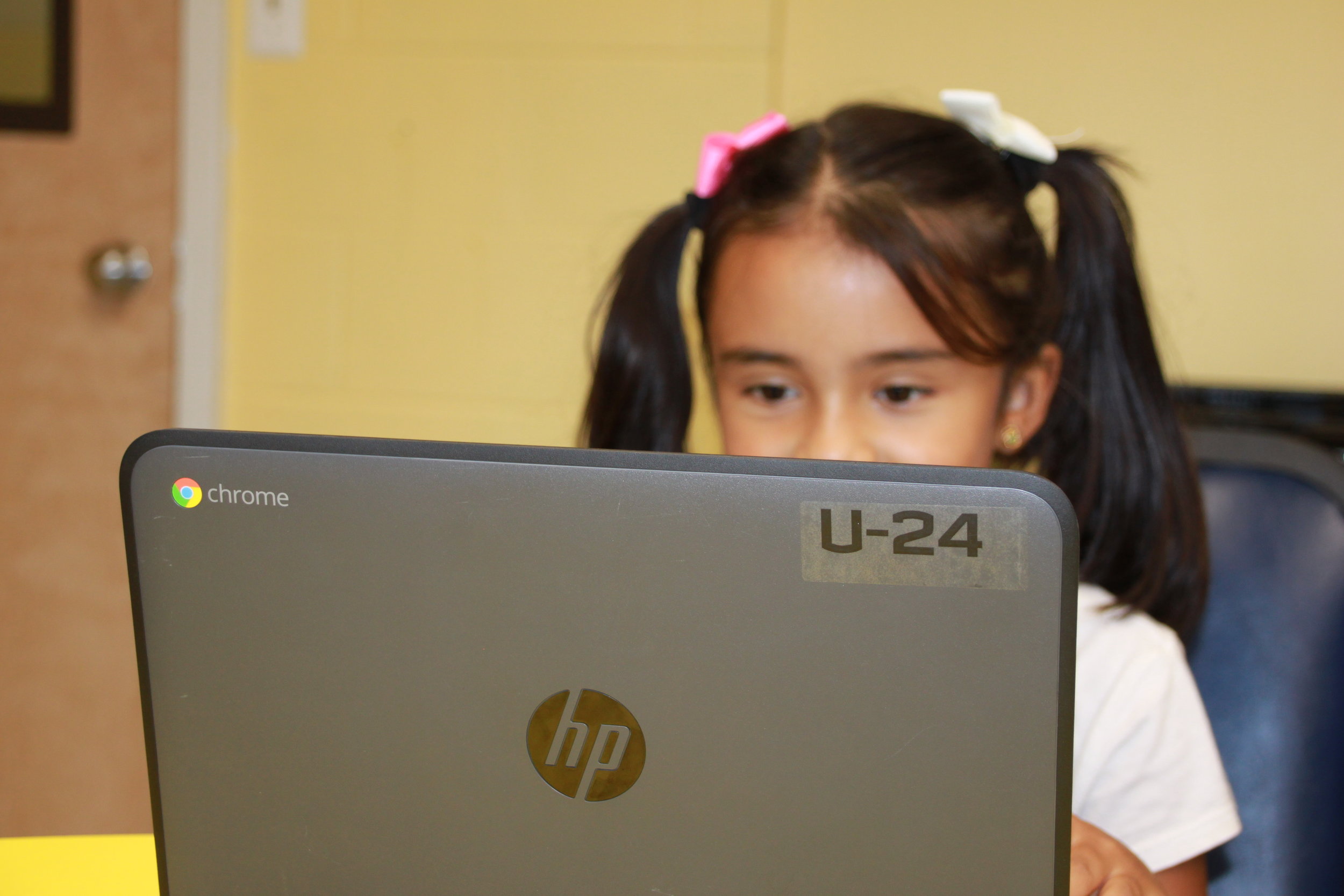
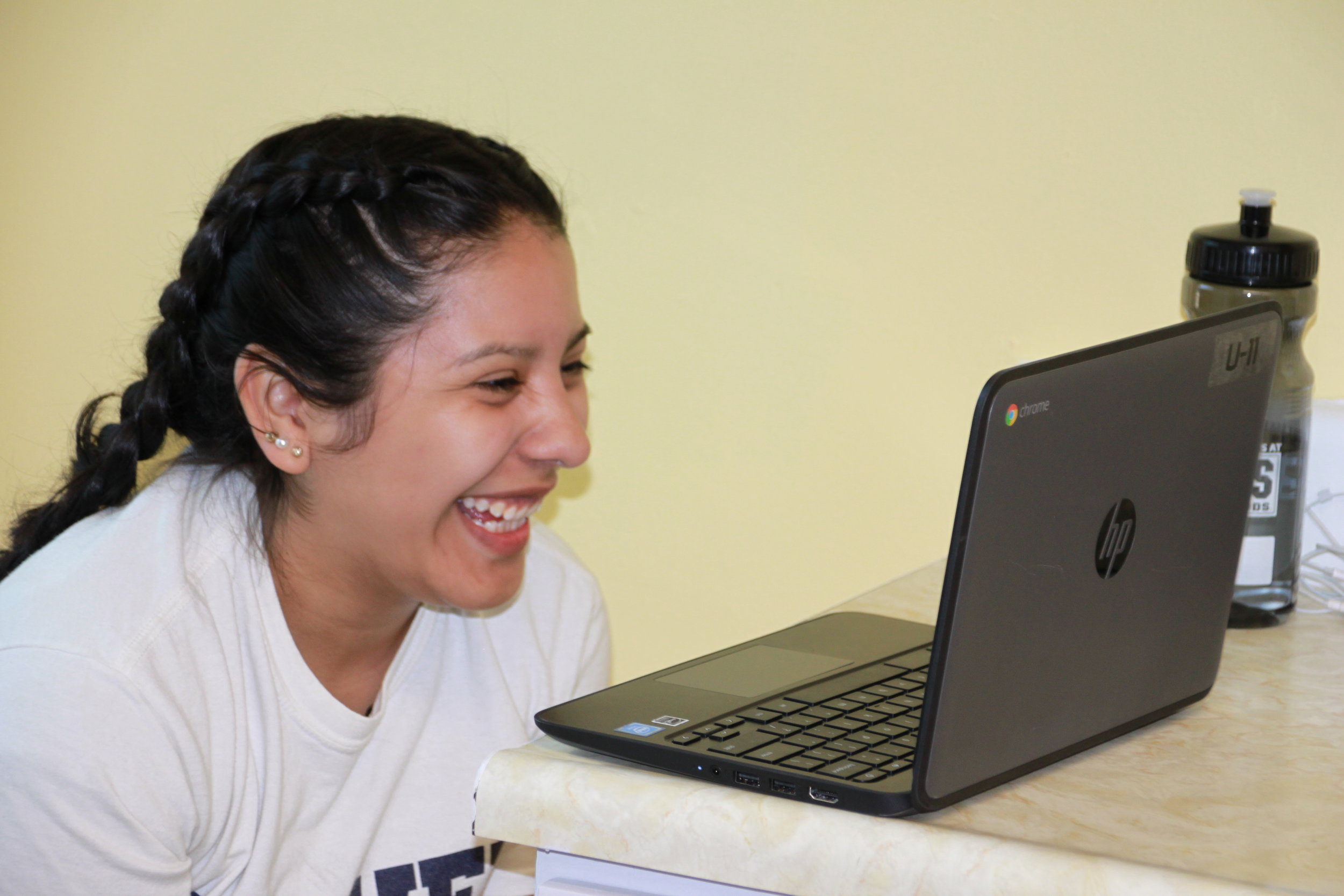




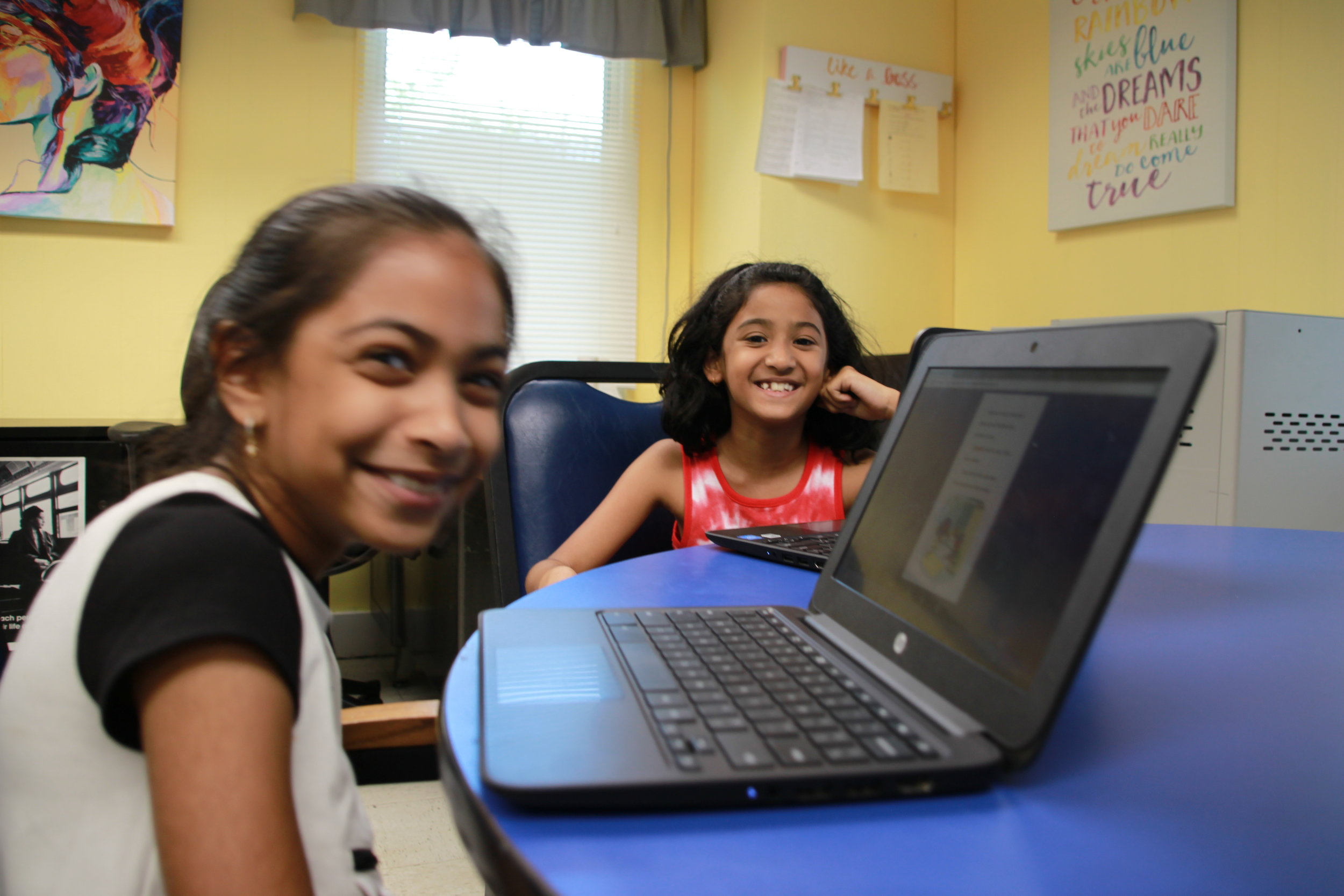















Activated in 1868, the Sheffield Island Lighthouse - now listed on the National Register of Historic Places - was in service for 34 years until its retirement in 1902. Today the Norwalk Seaport Association’s volunteers maintain the lighthouse and grounds as a museum and nature preserve.
Carver campers boarded the Seaport ferry at the Sheffield Island dock, adjacent to Stroffolino Bridge, corner of Washington and Water Streets, South Norwalk for their trip to the island. More Carver campers will still make this exciting journey later in the summer. The ferry took our campers back to a time when this and other lighthouses were critical to coastal and oceangoing shipping.
Once on the island, the Carver campers saw the lighthouse up close. The 10-room lighthouse showcases period furniture, and offers a chance to see what life was like for the families of 19th century light keepers.
Another island attraction is the Nature Trail through the Stewart B. McKinney Wildlife Refuge, which completed by the Seaport Association in cooperation with the U.S. Fish and Wildlife Service. From a viewing platform, a variety of wildlife including nesting herons and other birds could be observed.
Cool, salt-scented breezes invigorated the campers' senses, as you they journeyed to and from the island. first cruise past its sibling islands. Sheffield is the westernmost outpost, and, at 52 acres, one of the chain's largest islands within the Stewart B. McKinney National Wildlife Refuge.
Colorful stories of pirates, rumrunners and more local history—including Norwalk's enduring oyster industry—make the excursion fly by!
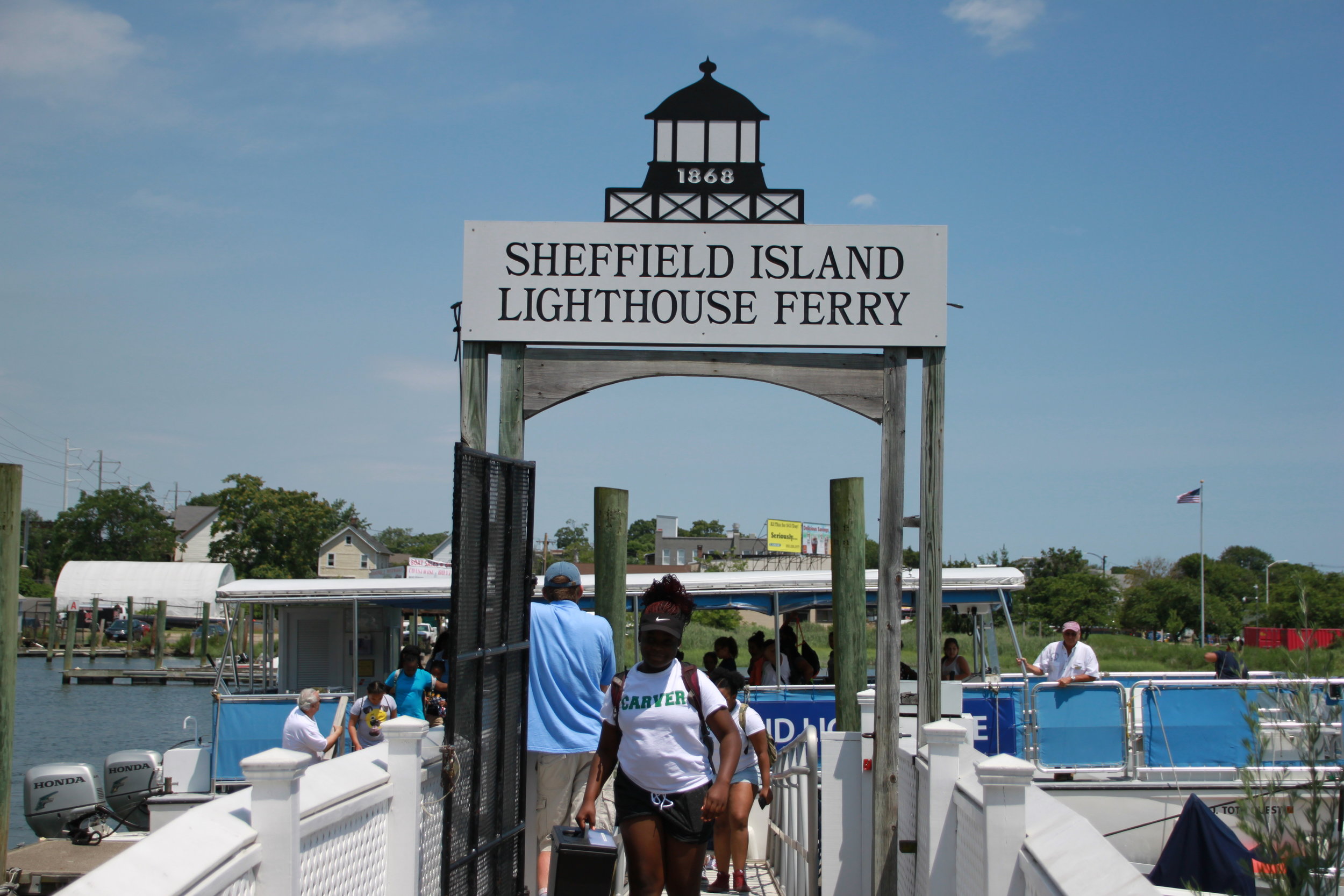

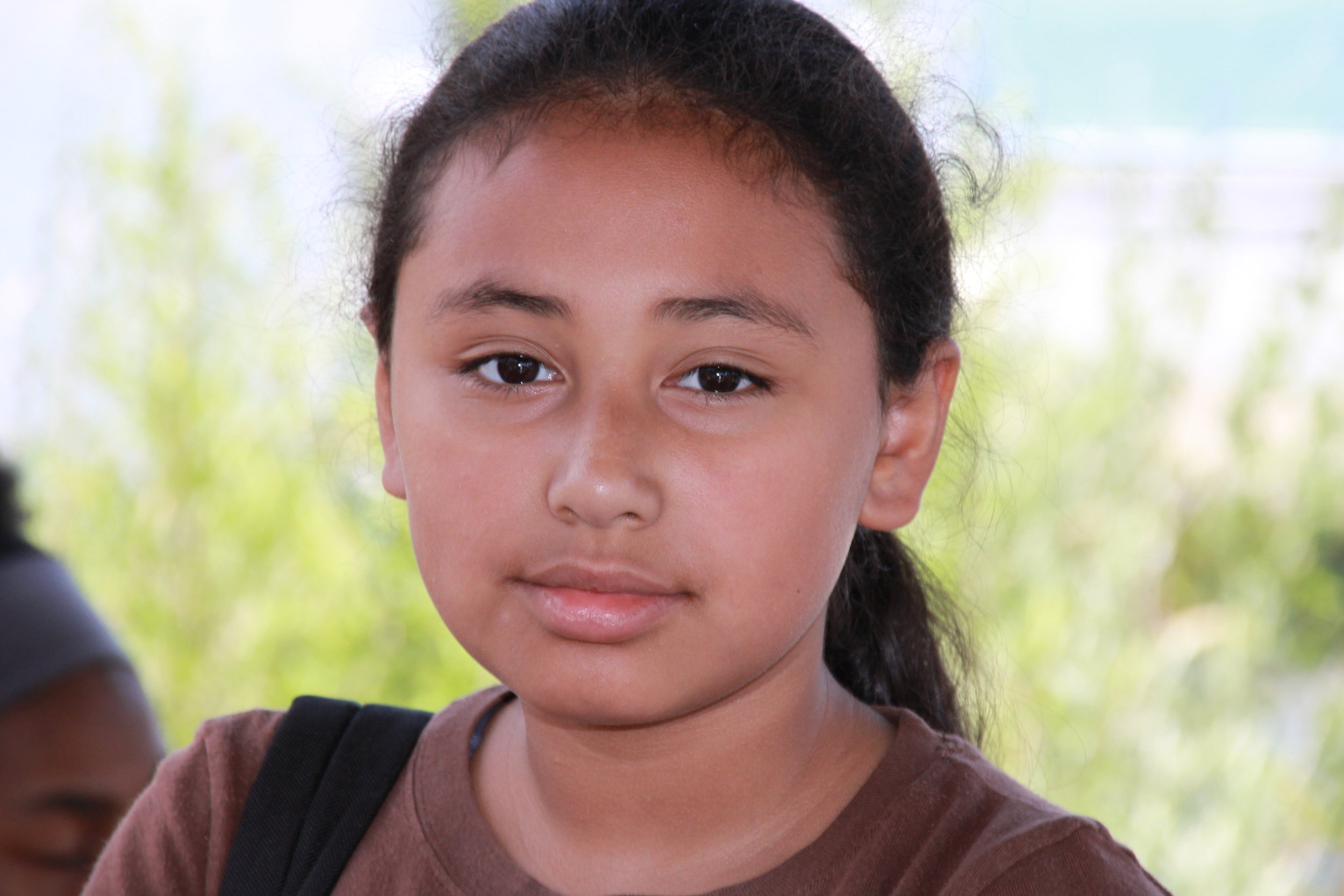
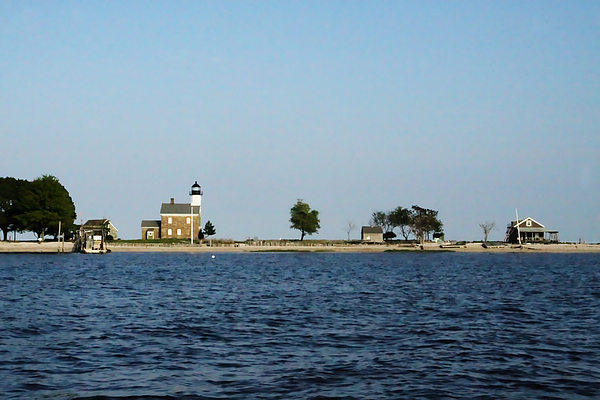
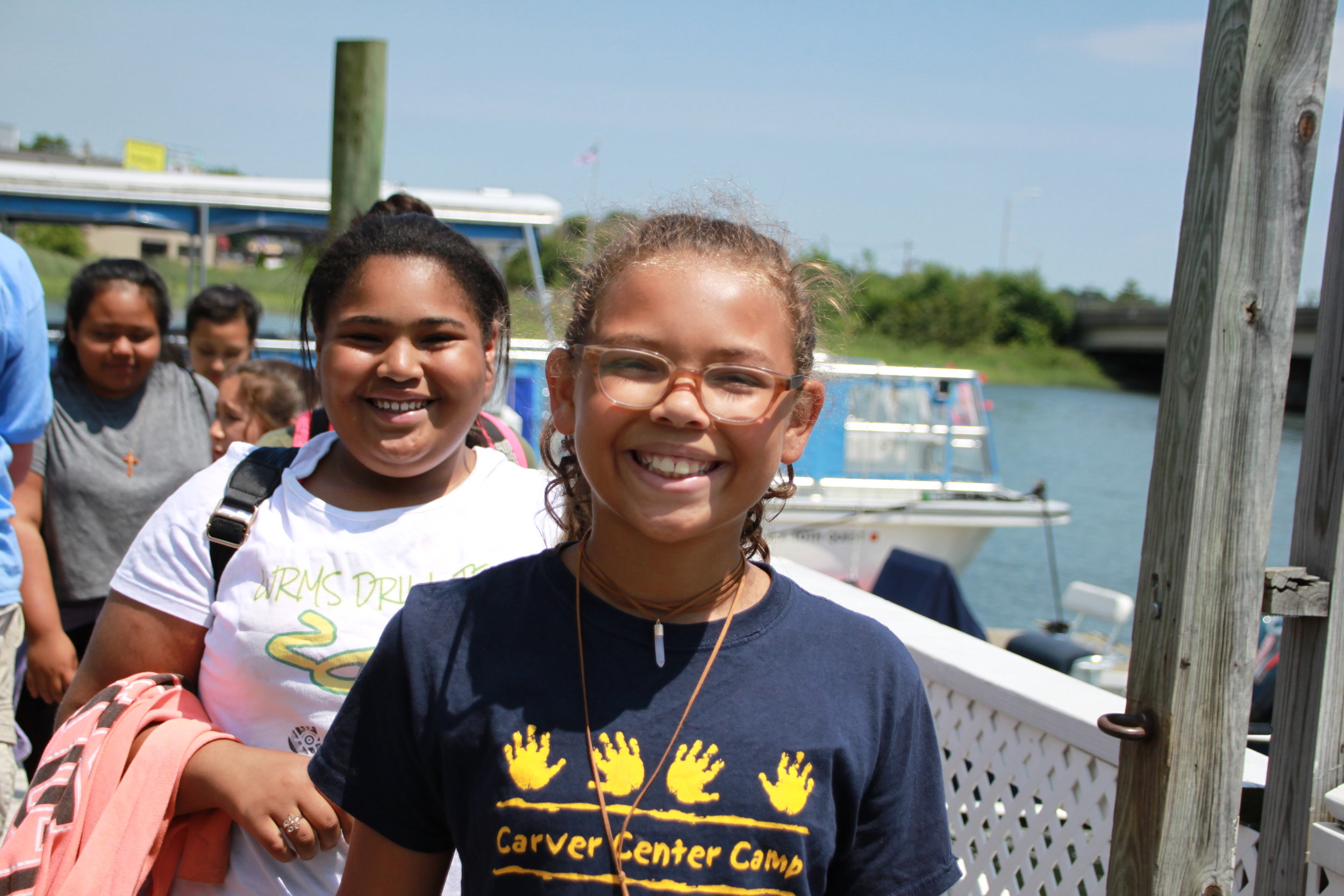
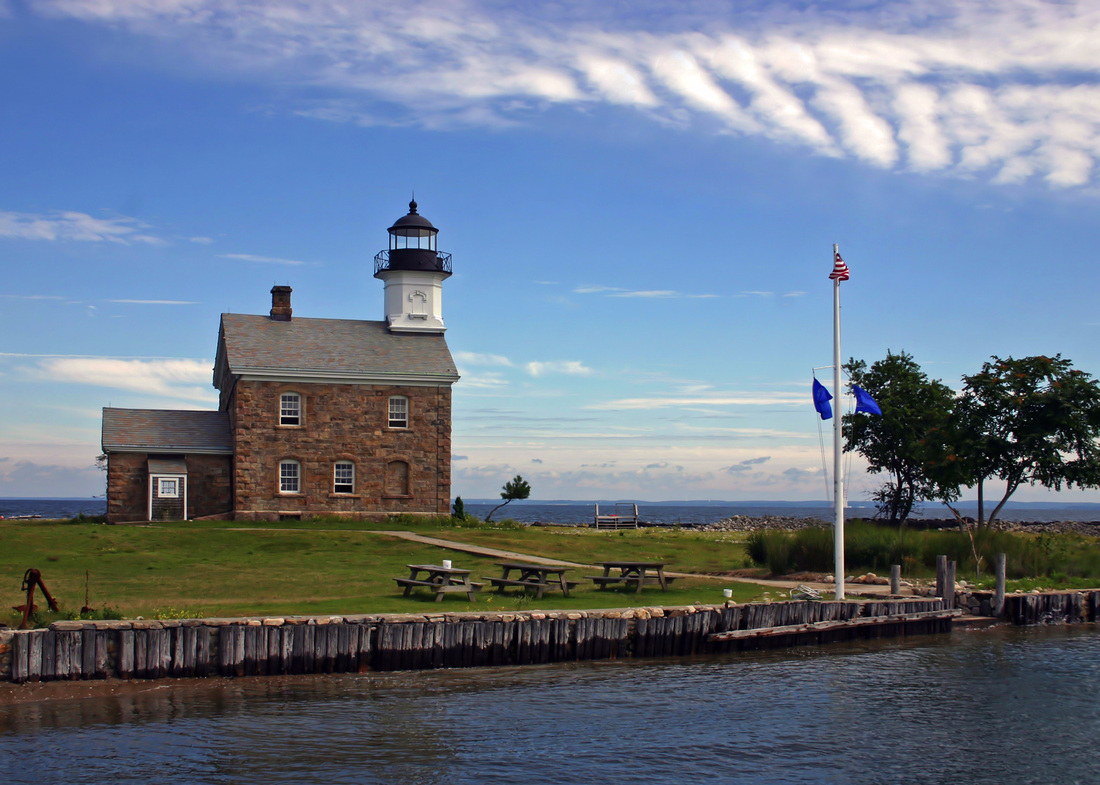
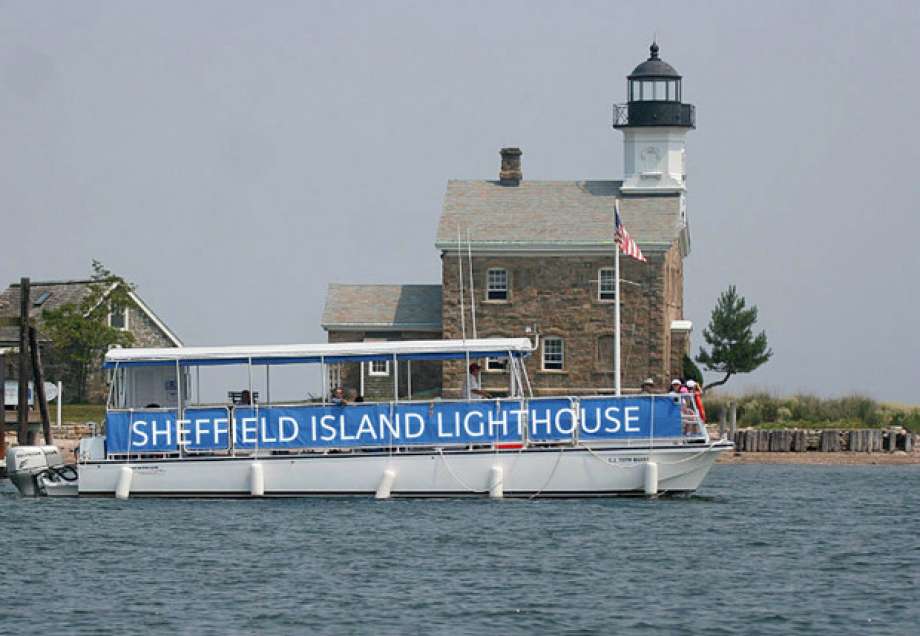

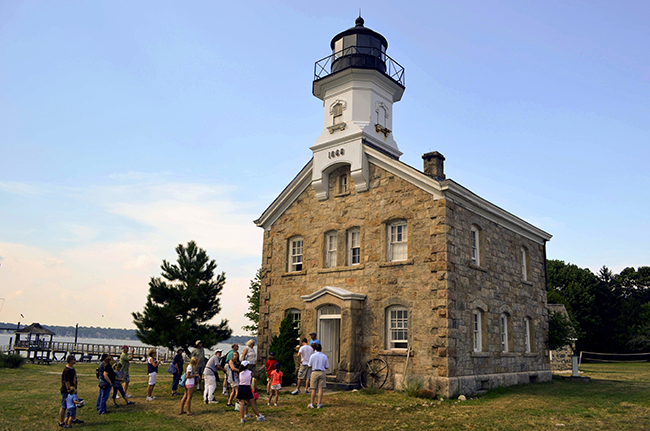
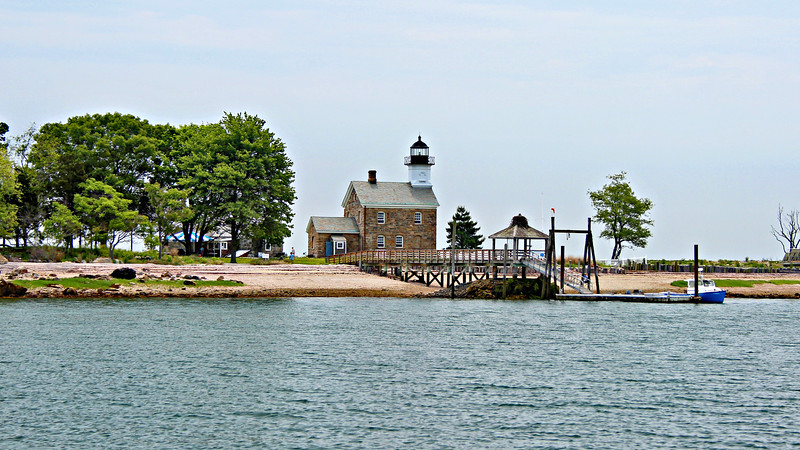
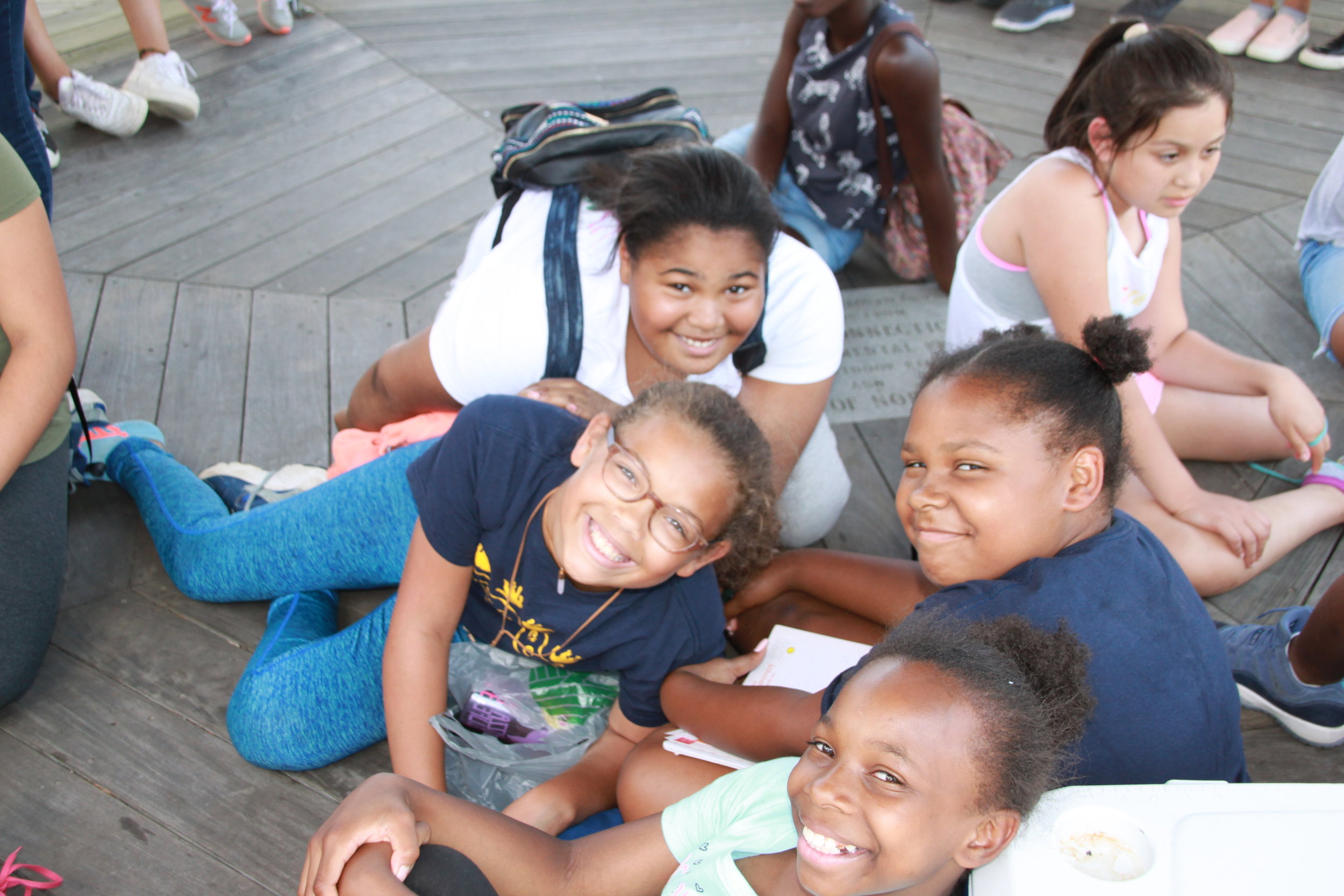


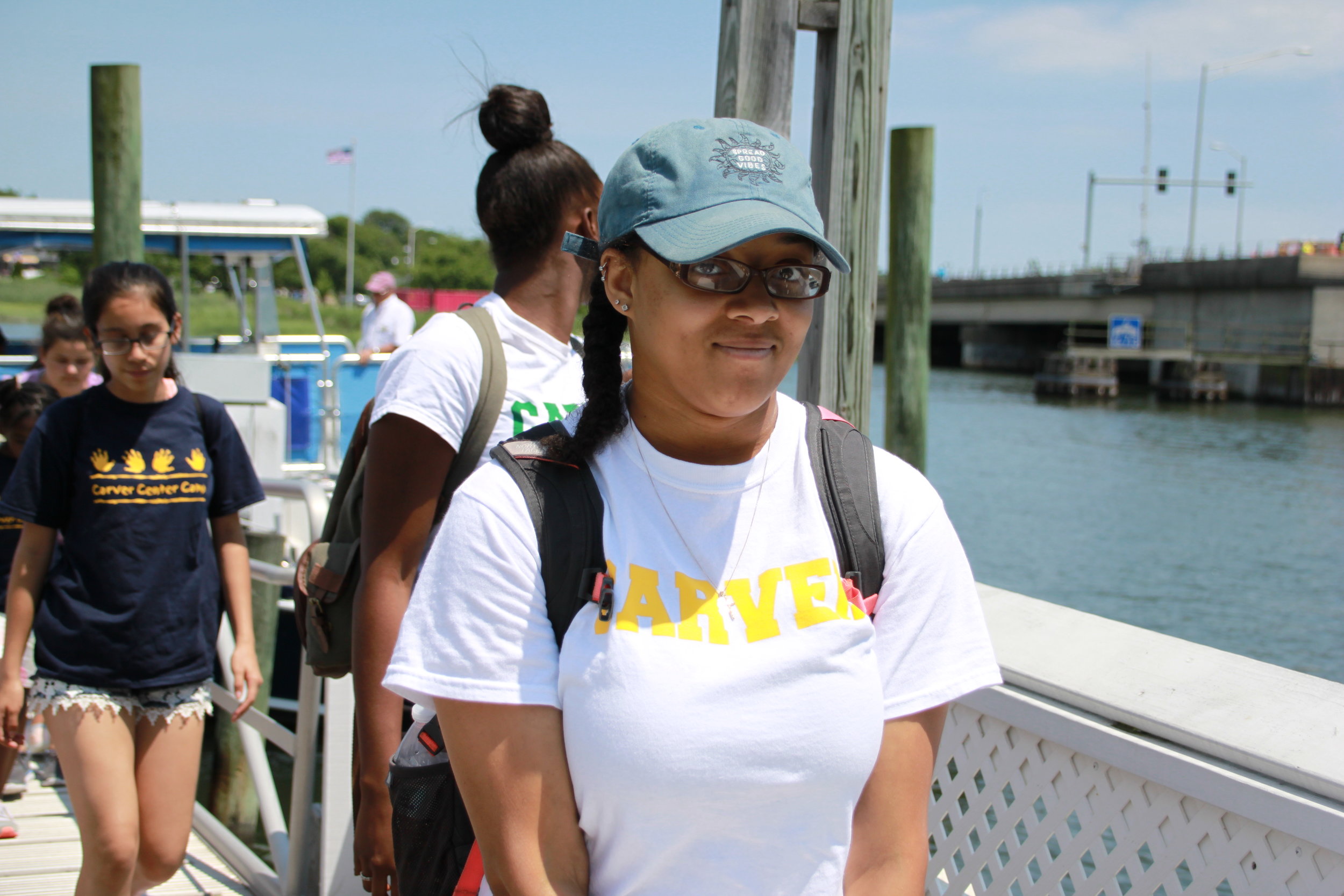
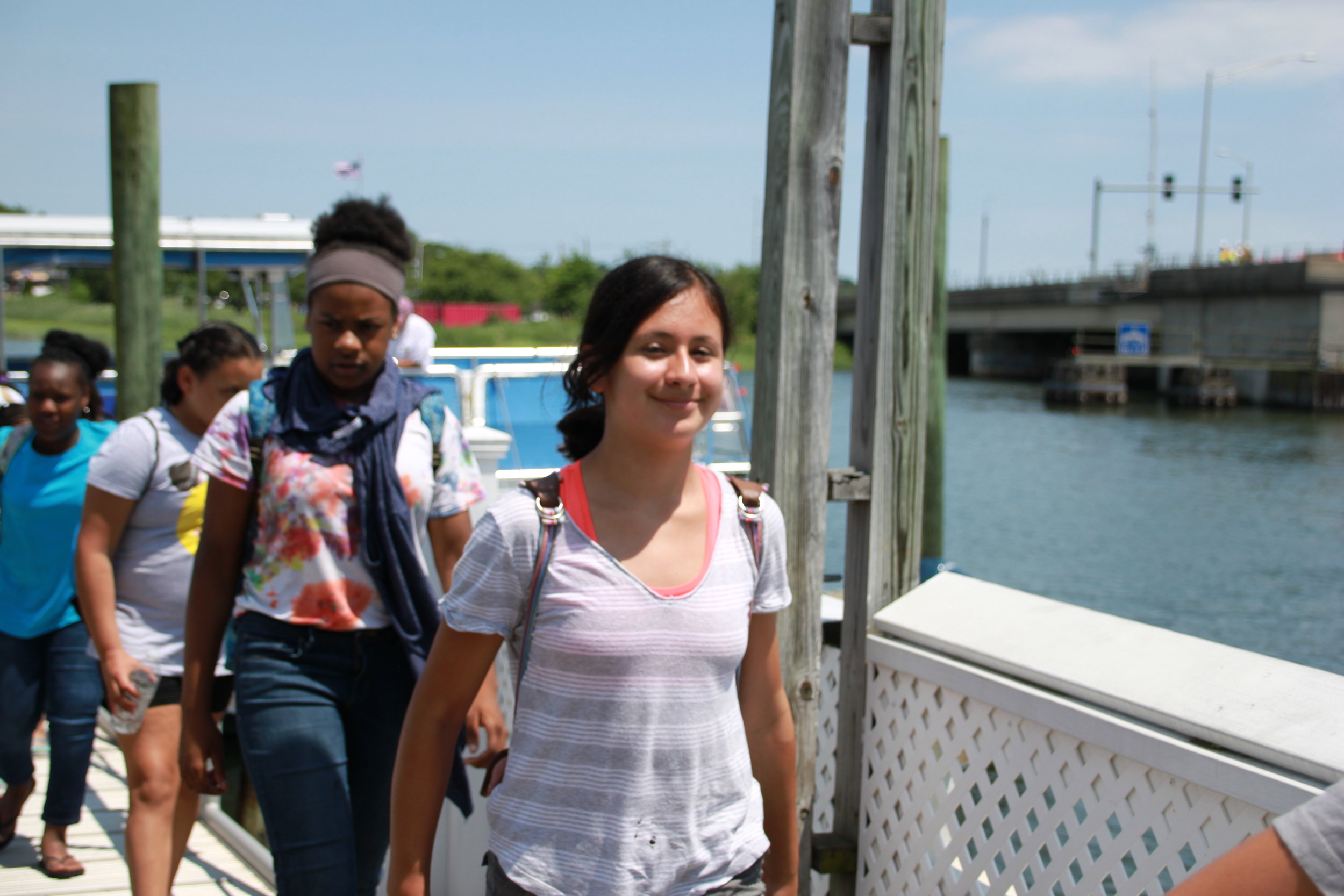

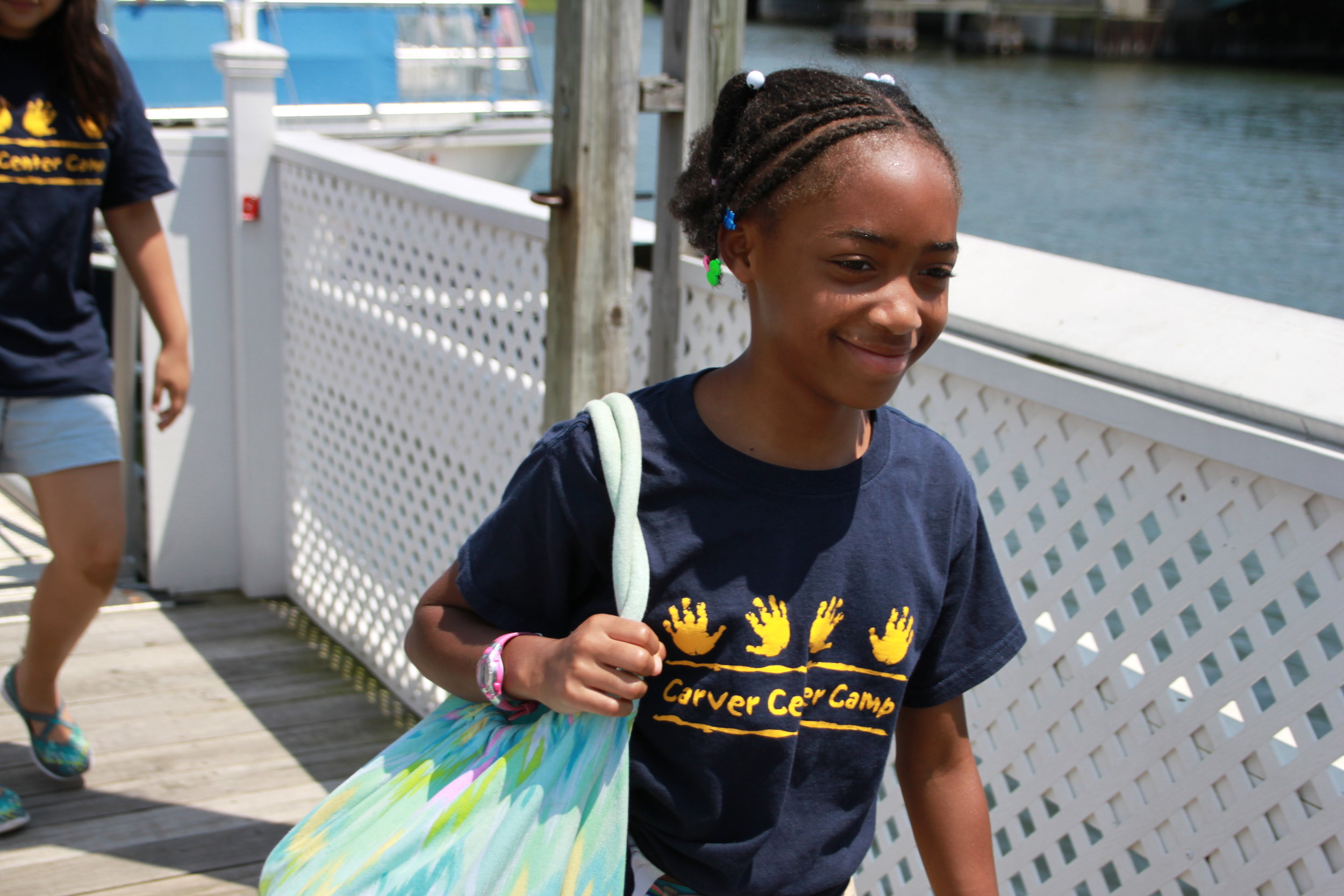
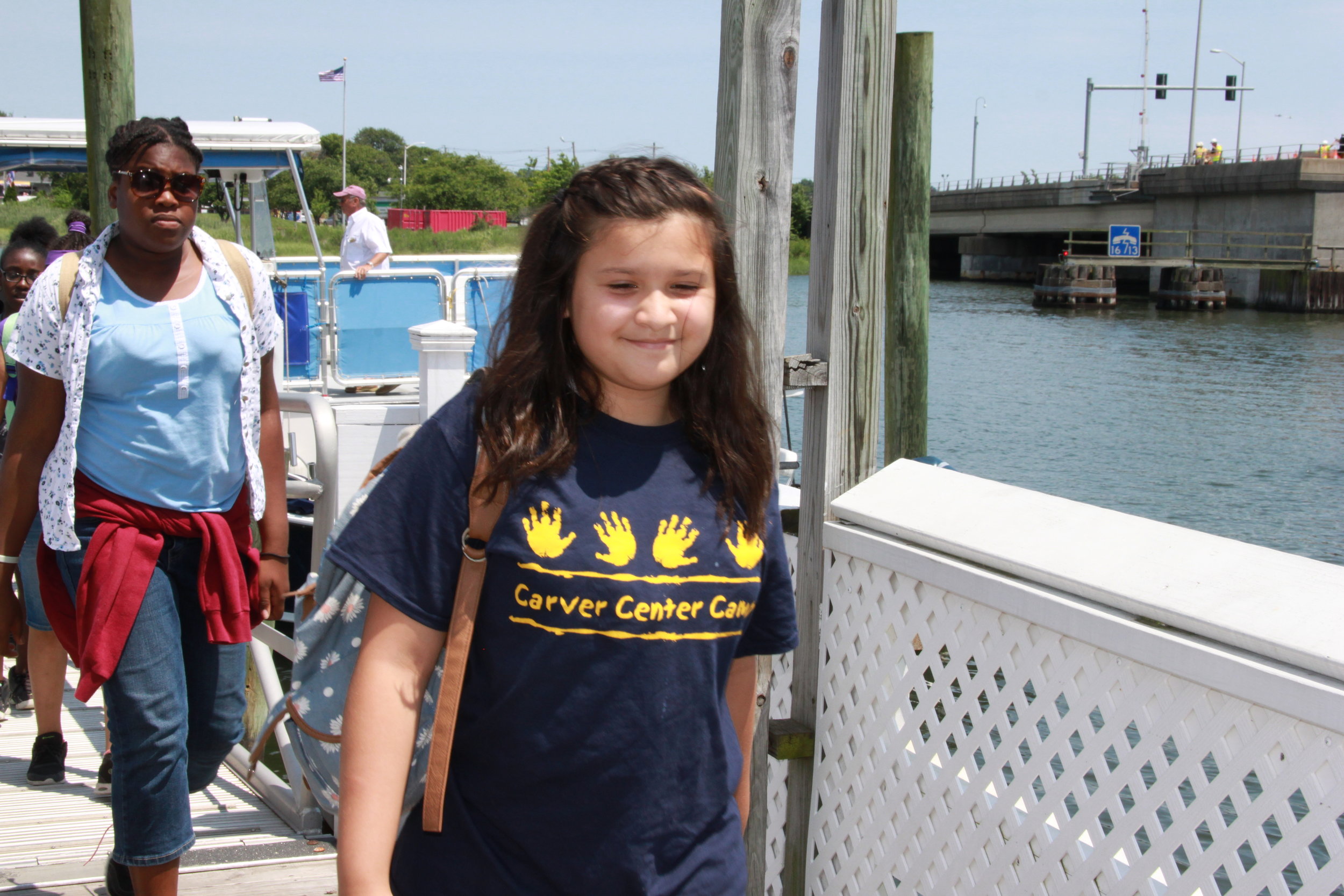



See all the photos here on Facebook!
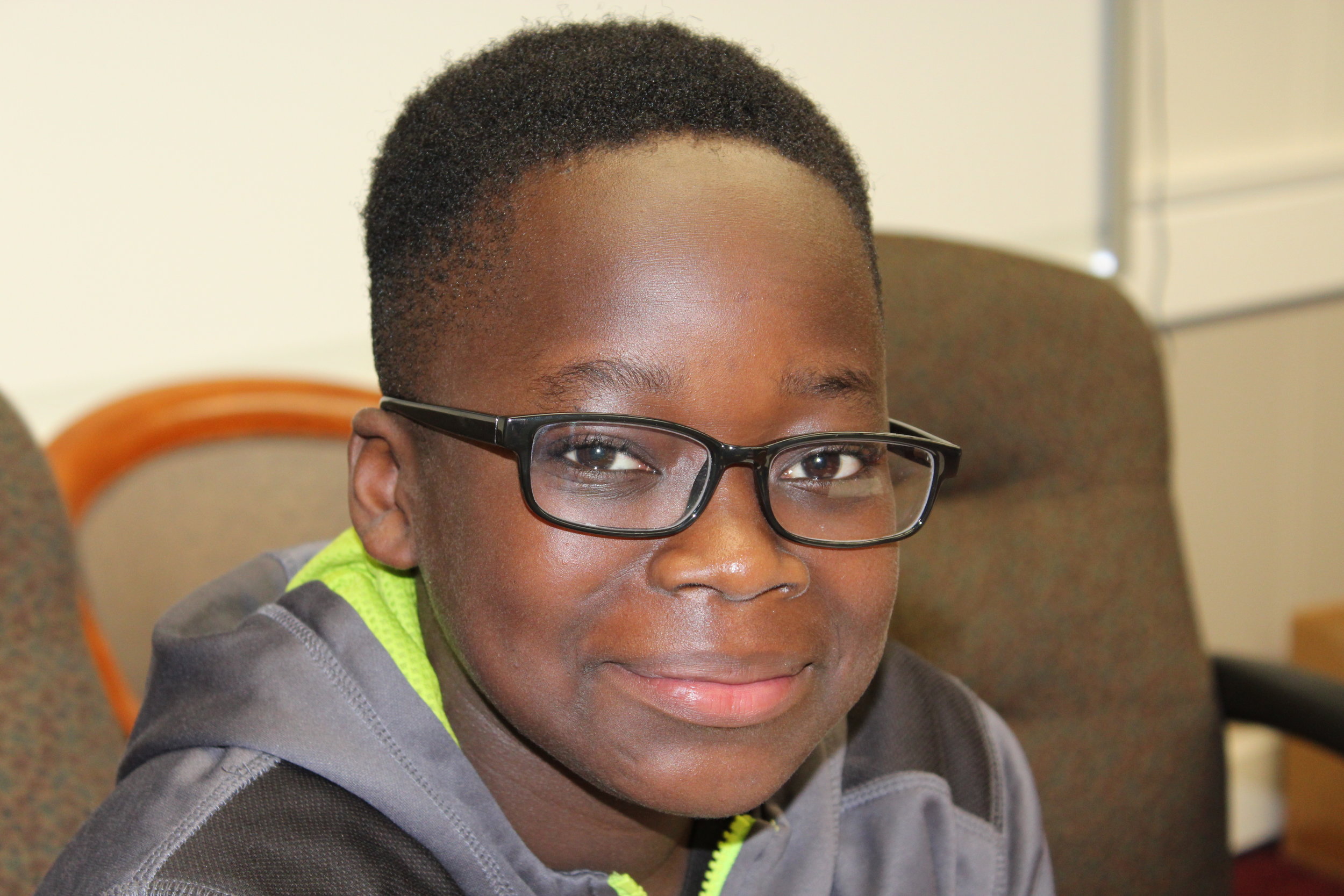


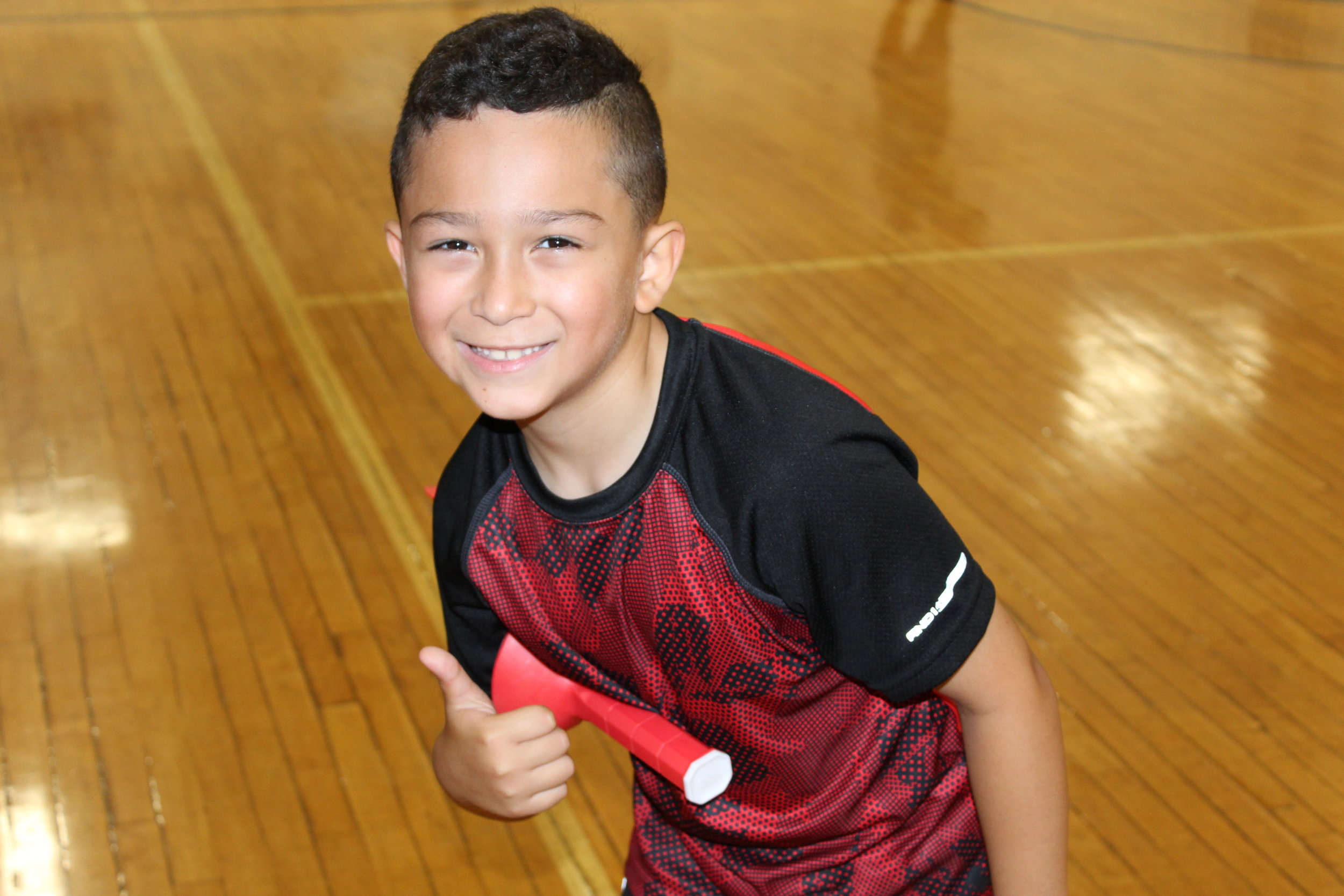




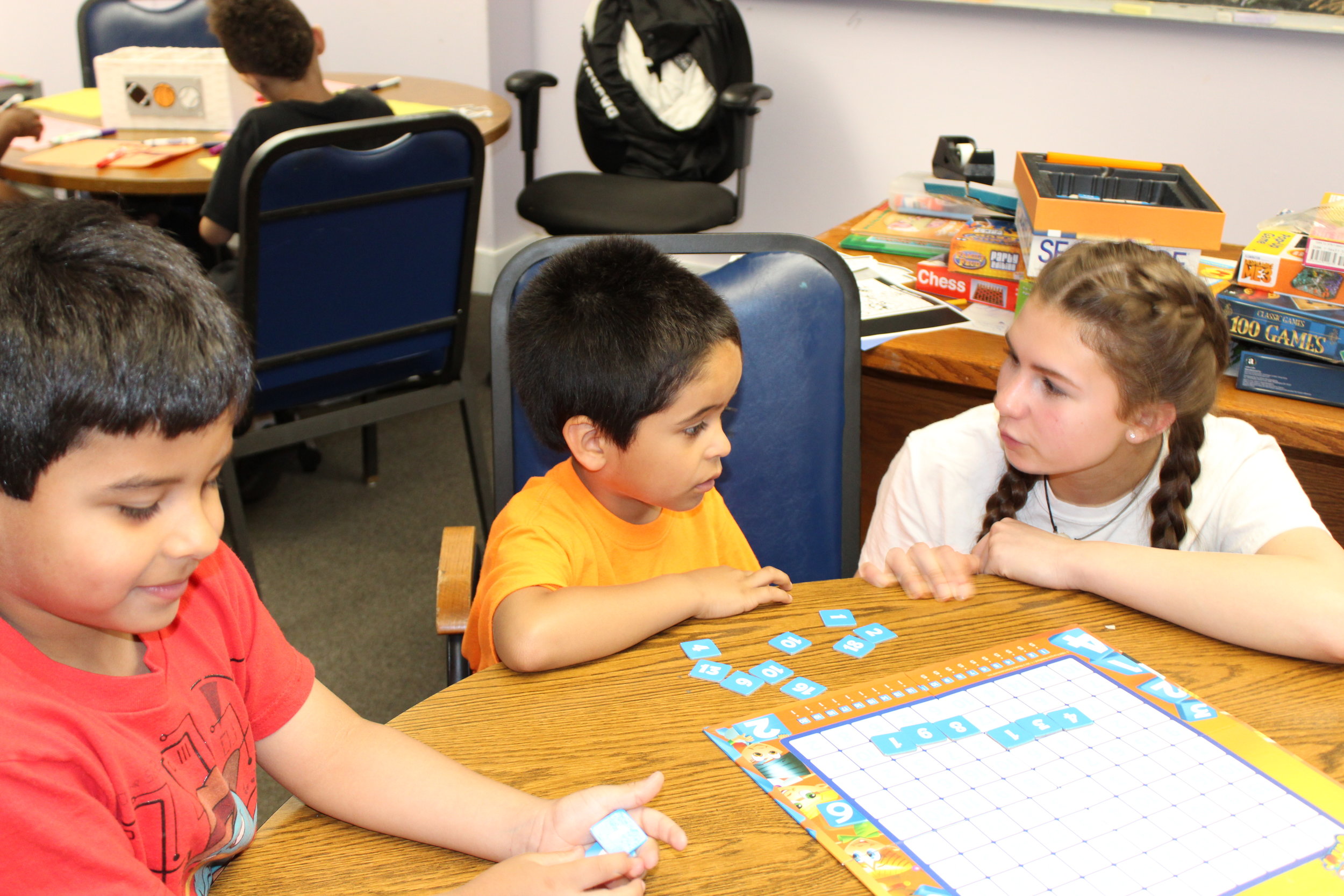
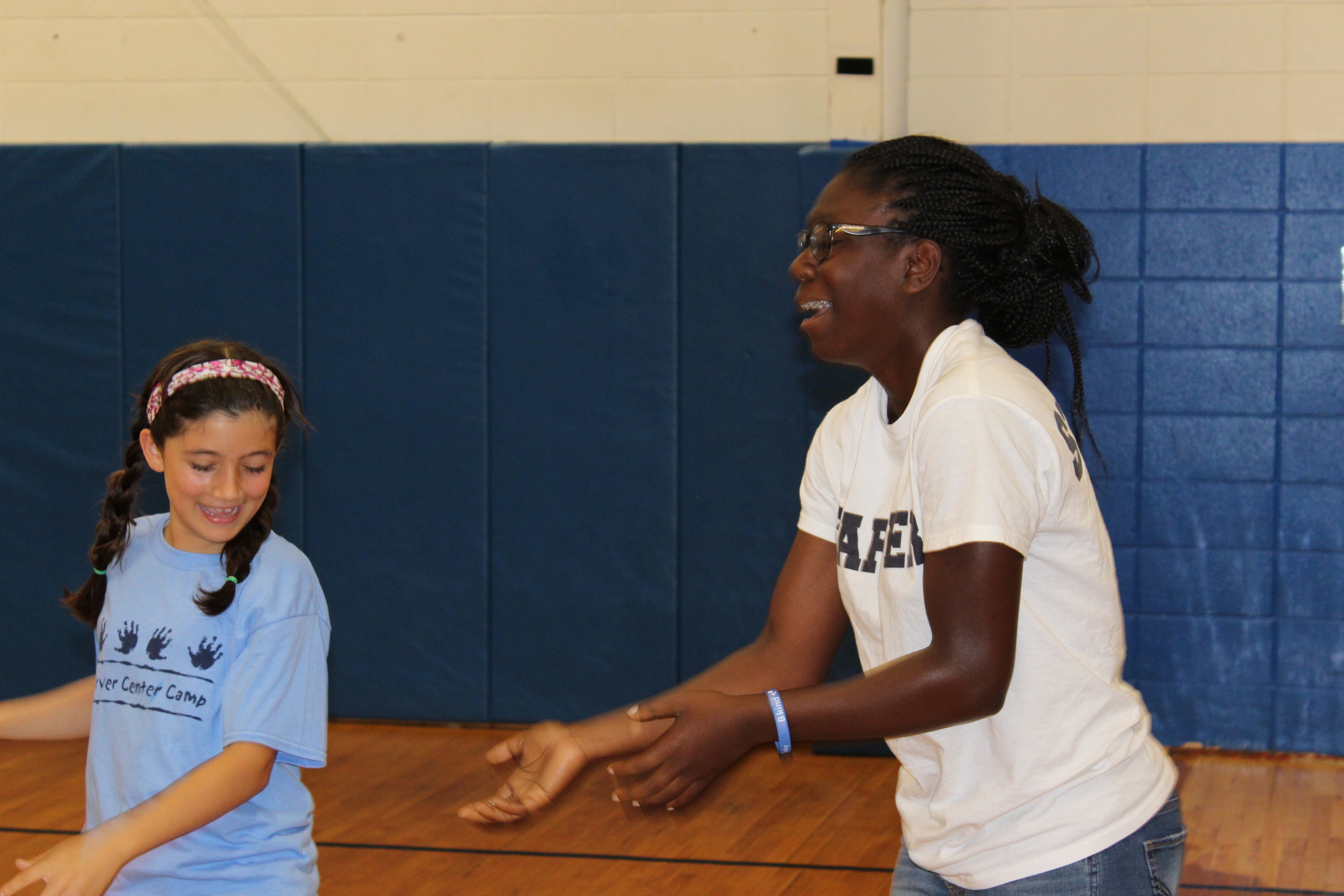
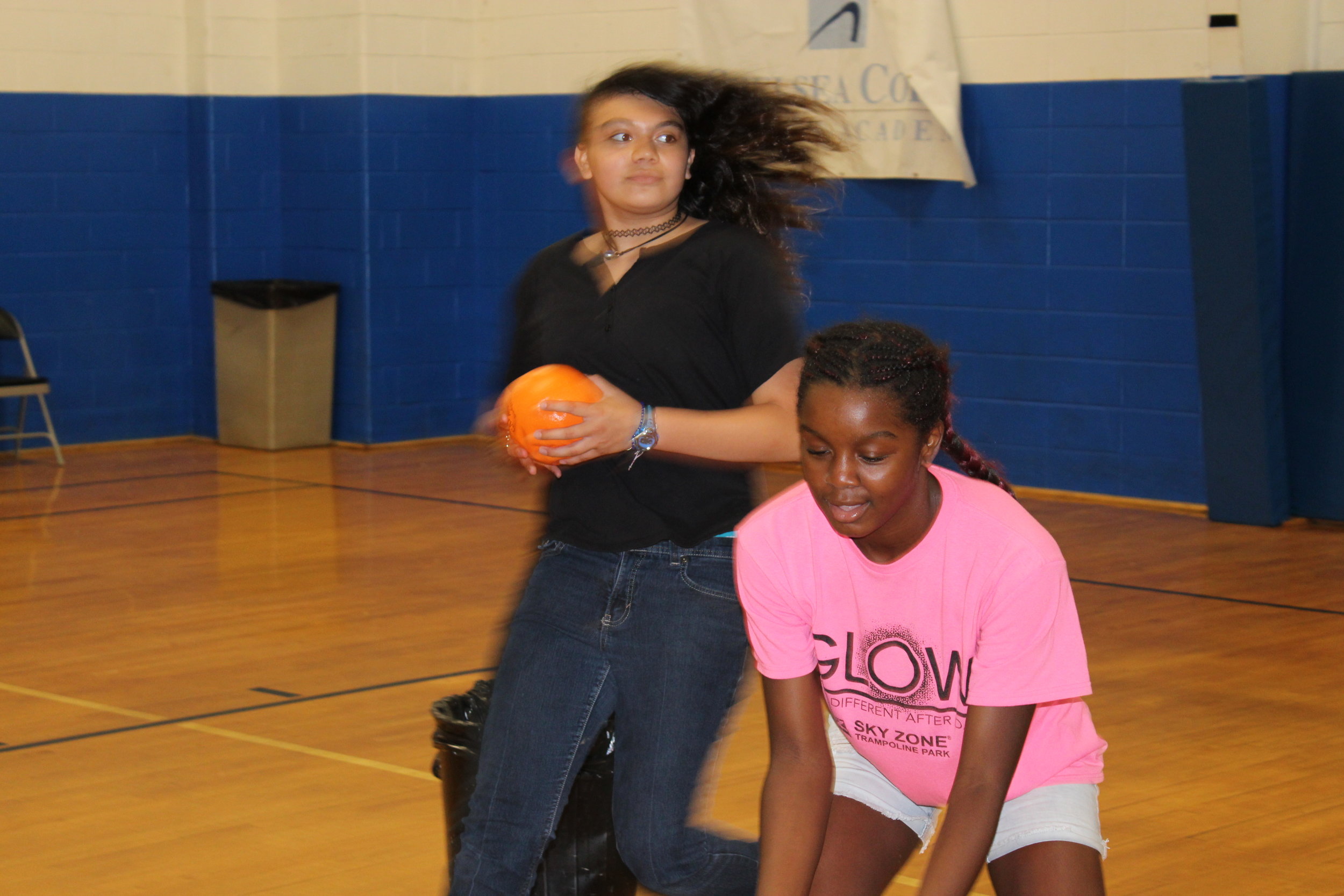
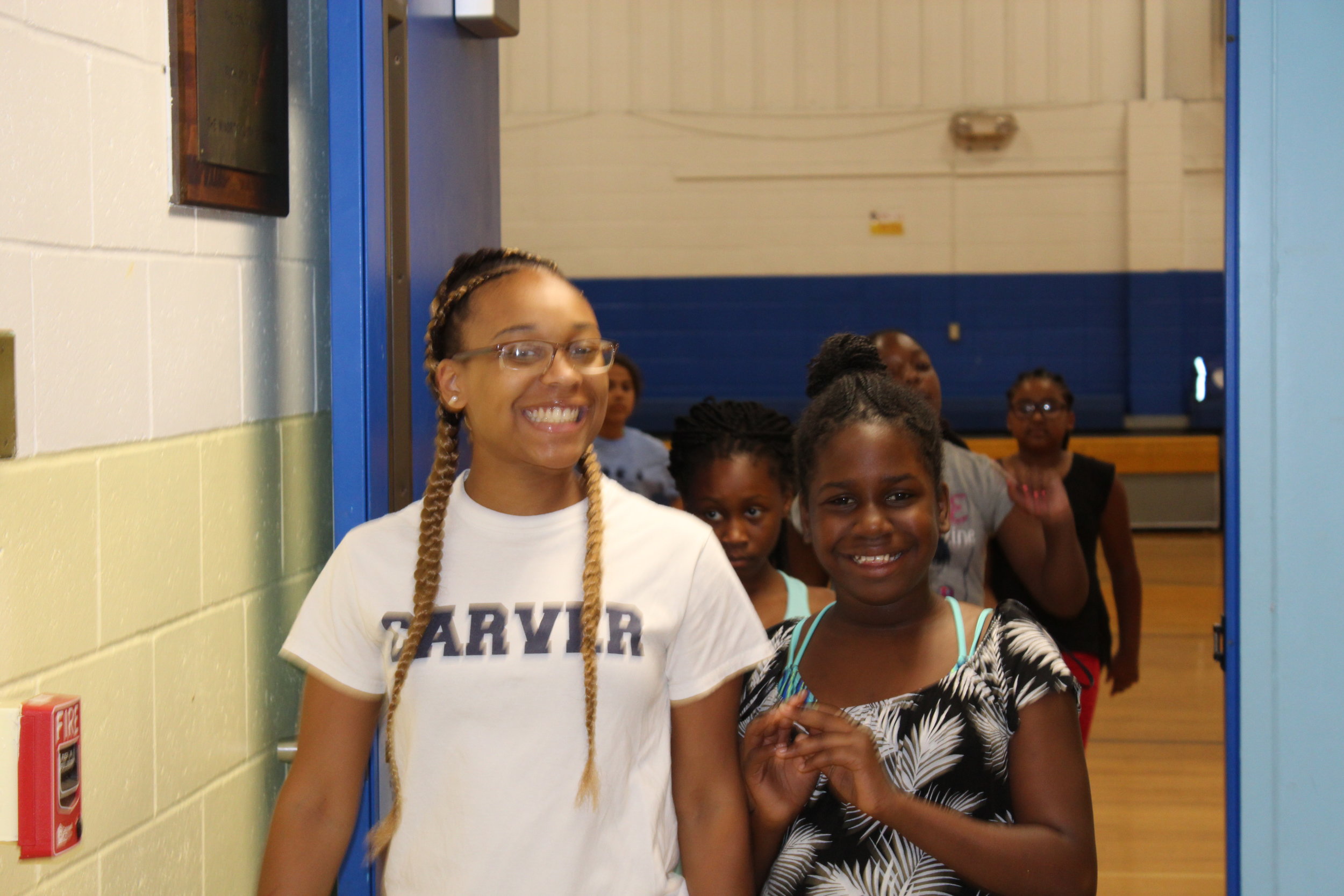
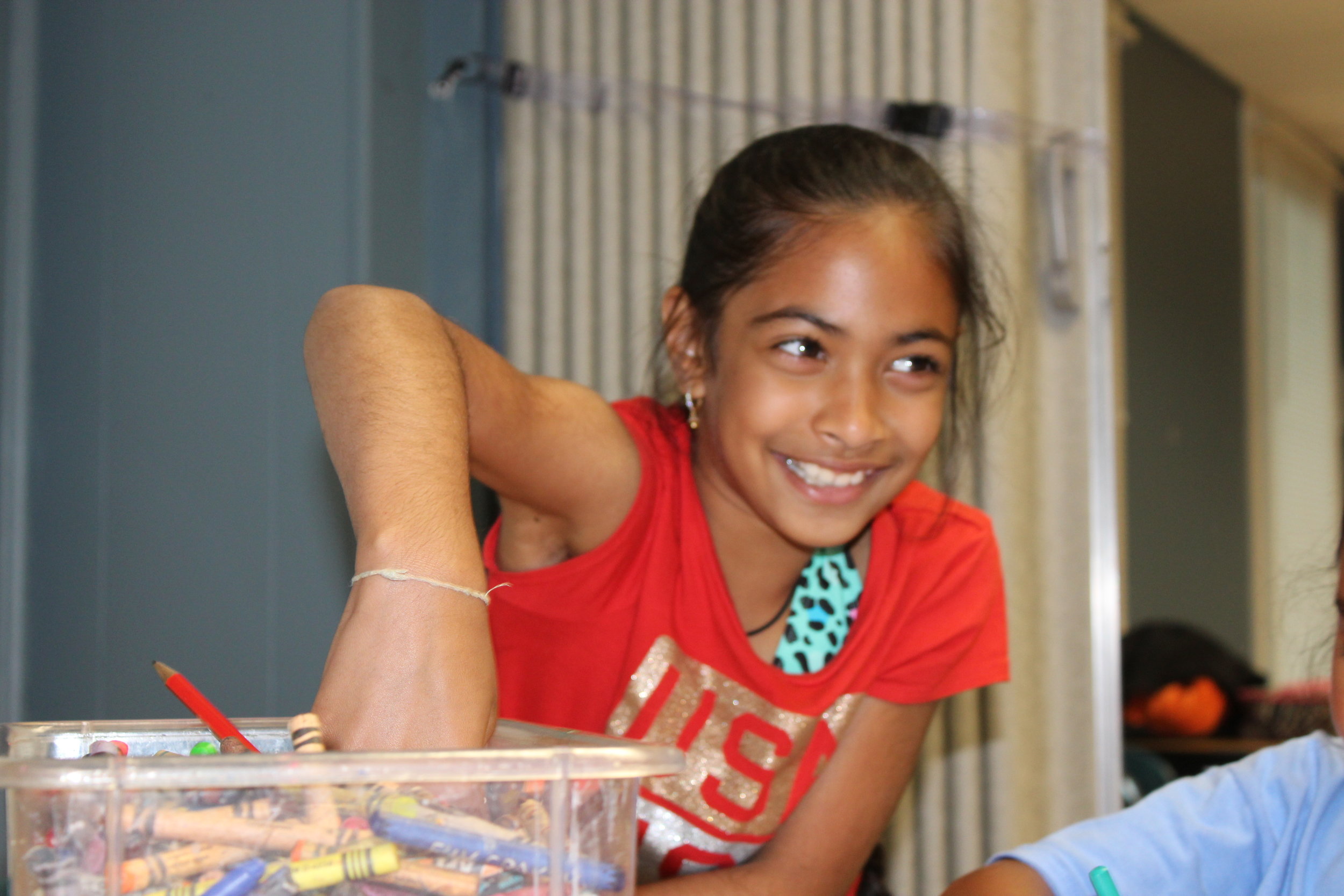



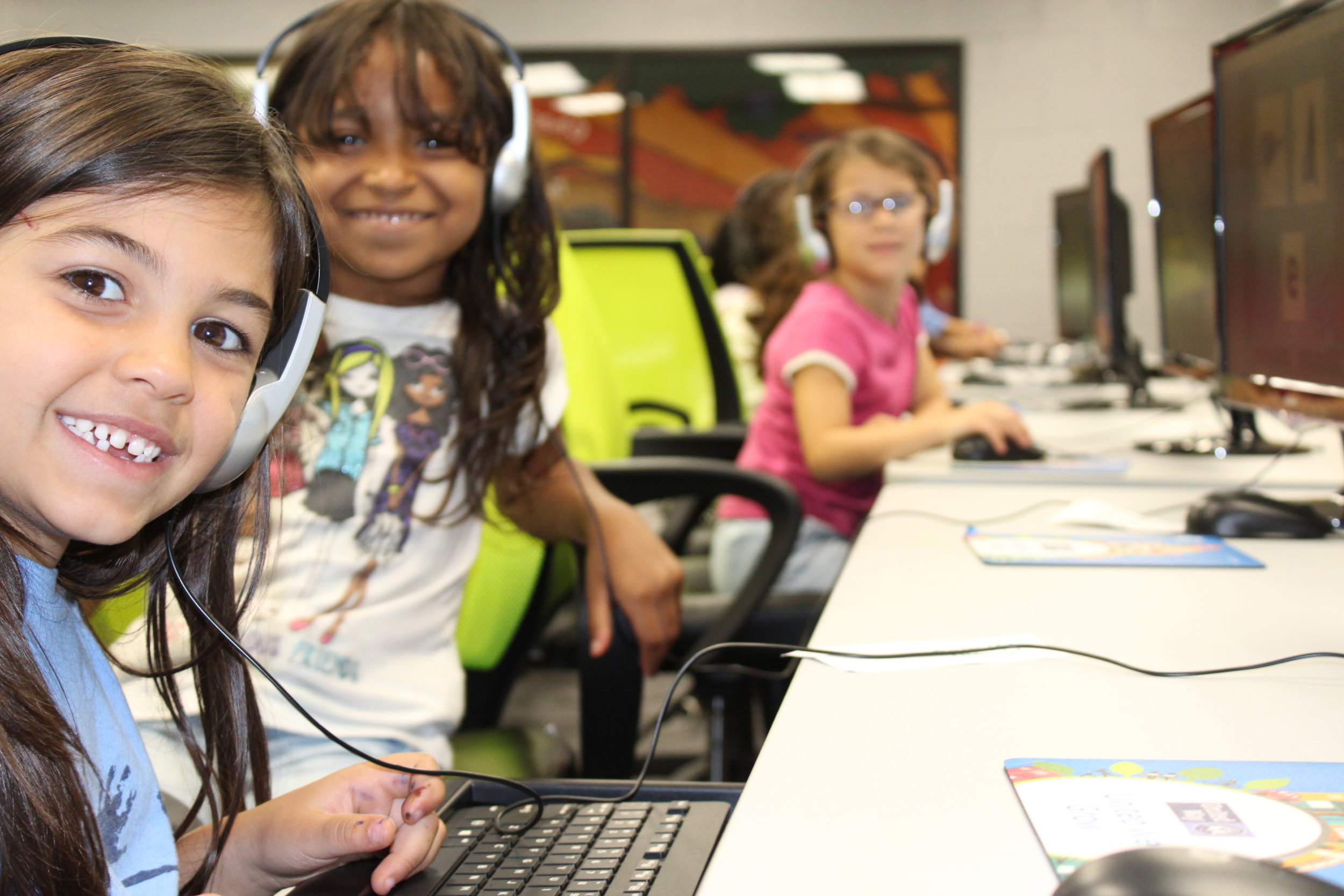
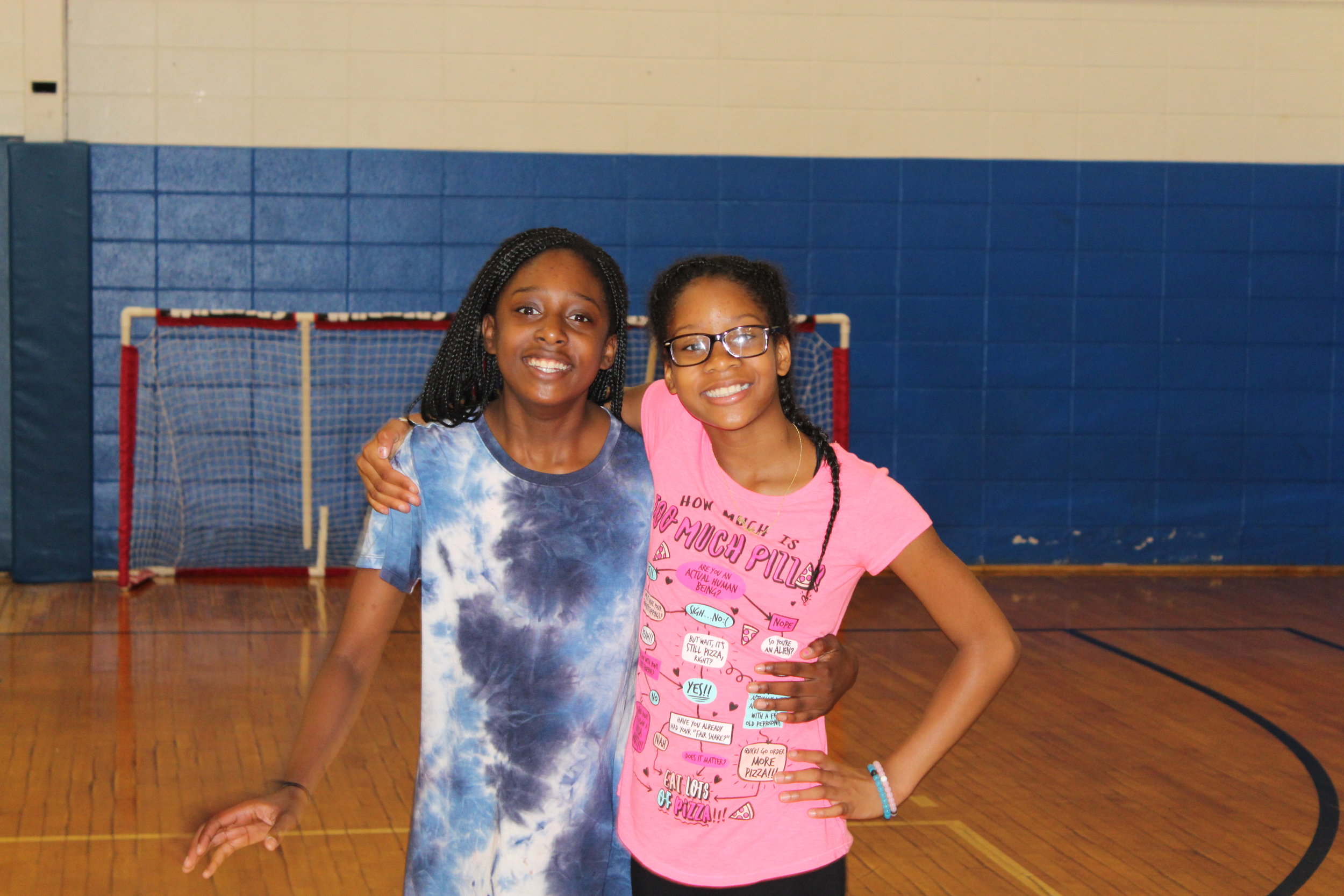
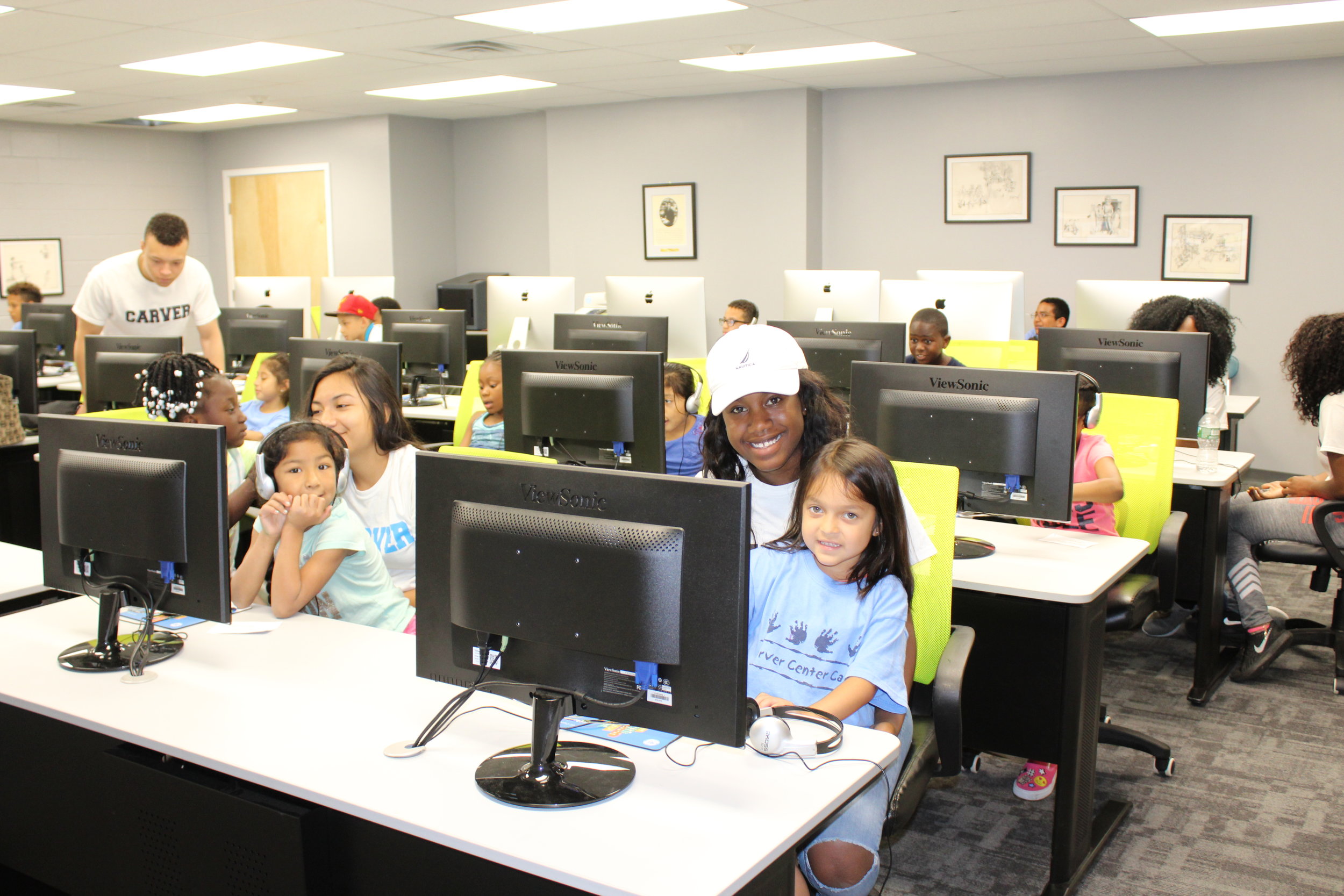



For over 30 years, New Pond Farm has served as a year-round environmental education center with a small working farm. It is dedicated to connecting people with the land that enriches and sustains us all, and they do this through their school field trips, adult lectures, family programs, children’s classes, and their unique summer camp, which the Carver campers in this photo will be enjoying for the next 10 days!
New Pond Farm's 102-acre property is located in West Redding. It was once the home of its founder, actress Carmen Mathews. It provides an outstanding array of outdoor classrooms which include woodlands, wetlands, an evolving scrub and shrub area, a pollinator meadow, and rolling pastures.
In 2007, New Pond Farm was designated a Connecticut Dairy Farm of Distinction. People visiting the Dairy Annex may purchase freshly pasteurized milk and yogurt.
In the summer New Pond Farm hosts a small and personal residential camp. During three ten-day sessions, they bring together children from the inner cities of Connecticut (their residential campers) with children from the surrounding area (their day campers). Together these youngsters, aged 8-12, from diverse socioeconomic backgrounds form friendships, develop an understanding and appreciation of one another as individuals, and have a marvelous time discovering the many wonders of the farm.
Carver is a longtime partner with New Pond Farm and we are deeply grateful for the transforming experiences they offer to our summer campers.
Learning from Summer: Effects of Voluntary Summer Learning Programs on Low-Income Urban Youth
This largest-ever study of summer learning finds that students with high attendance in free, five to six-week, voluntary summer learning programs experienced educationally meaningful benefits in math and reading.
The findings are important because children from low-income families lose ground in learning over the summer compared to their more affluent peers. Voluntary, district-run summer programs could help shrink this gap and have the potential to reach more students than traditional summer school or smaller-scale programs run by outside organizations. Yet until now little has been known about the impact of these programs and how they can succeed. Wallace’s $50 million National Summer Learning Project seeks to help provide answers.
Since 2011, five urban school districts and their partners, the RAND Corporation and Wallace have been working together to find out whether and how voluntary-attendance summer learning programs combining academics and enrichment can help students succeed in school.
Starting in 2013, RAND conducted a randomized controlled trial (RCT) in five districts—Boston; Dallas; Duval County, Florida; Pittsburgh; and Rochester—to evaluate educational outcomes, focusing on children who were in 3rd grade in spring of that year. The 5,600 students who applied to summer programs were randomly assigned to one of two groups—those selected to take part in the programs for two summers (the treatment group) and those not selected (the control group). The study analyzed outcomes for 3,192 students offered access to the programs.
Researchers found that those who attended a five-to-six-week summer program for 20 or more days in 2013 did better on state math tests than similar students in the control group. This advantage was statistically significant and lasted through the following school year. The results are even more striking for high attenders in 2014: They outperformed control group students in both math and English Language Arts (ELA), on fall tests and later, in the spring. The advantage after the second summer was equivalent to 20-25 percent of a year’s learning in math and ELA.
These findings are correlational but controlled for prior achievement and demographics, giving researchers confidence that the benefits are likely due to the programs and meeting the requirements for promising evidence under the Every Student Succeeds Act.
High-attending students were also rated by teachers as having stronger social and emotional competencies than the control group students; however, researchers have less confidence that this was due to the programs, given the lack of prior data on these competencies.
About 60 percent of students attending at least one day met the 20-day threshold that was defined as high attendance.
Separately, the study also examined the impact of the programs on all students who were offered access, whether or not they actually attended. Because many students did not attend at a high level, and some didn’t attend at all, the average benefits for all of these students were smaller and not statistically significant, with the exception of a modest but educationally meaningful boost in math scores in the fall after the first summer equivalent to 15 percent of a year’s learning. These findings are causal, meaning that researchers are confident that they were due to the programs, and meet the standard of strong evidence under the Every Student Succeeds Act.
For students to experience lasting benefits from attending summer programs, the report recommends that districts: run programs for at least five weeks; promote high attendance; include sufficient instructional time and protect it; invest in instructional quality; and factor in attendance and likely no-show rates when staffing the programs in order to lower per-student costs.
The academic advantage for students with 20 or more days of attendance in a five-to-six-week voluntary summer program after the second summer translated to between 20 and 25 percent of typical annual gains in math and reading.
“Travel is more than the seeing of sights,” wrote the late Miriam Beard. “It is a change that goes on, deep and permanent, in the ideas of living. And what better way to learn, grow and challenge ourselves than at the hundreds of education-themed bacchanals that dot the world?
How to stay posted on the latest edtech events
These shows happen across the year and across the world, gathering teachers and techies alike around tools and tips that support teaching and learning. They offer plenty of opportunities to reconnect with colleagues, make new acquaintances, and learn new ideas that could change your career or company’s fortunes. (Or better yet, be that inspirational change to others!)












Several of GE’s closest community partners joined in a “Volunteers Fair” yesterday to tell some 1,200 GE employees at their 901 Main Avenue location about their respective organizations and how they can get involved in the Norwalk community. GE's landlord BLT generously provided the space, refreshments and tent for the event.
There was a drawing among the GE employees – first prize was the privilege to direct a $500 GE charitable contribution to one of the agencies in their name. Carver joined these other wonderful local charities: Open Door Center, Hope for Haiti, Norwalk Community College, Junior Achievement, Habitat for Humanity, Bridgeport Rescue Mission, and Special Olympics.
GE is an important Carver donor and in particular a major benefactor of Carver's after school STEAM education programming.
Moreover, many dozens of GE volunteers spend time with Carver kids each year.
THANK YOU, GE and GE EMPLOYEES for your wonderful support!
Several weeks ago, Carver placed the call-to-action on The Impact Vine crowdfunding platform and our wonderful donors made this journey on the Schooner Soundwaters today possible. THANK YOU!
See all the photos here. See the video below!
The Schooner SoundWaters is The Teaching Vessel of Long Island Sound. A representation of a 19th century sharpie schooner, the SoundWaters is an ideal platform for learning and experience for both students and adults.
For Carver students, this three-masted, 80’ ship served today as a teaching platform for the Science of the Sound, a hands-on, science-infused learning experience aboard the Schooner SoundWaters. During this three-hour science enrichment program our students helped to raise the sails, haul in a trawl net and examine the ecology of Long Island Sound. Students tested the Sound’s water quality along the coastline, demonstrated mechanical advantage, touched and investigated the structures of live animals, and more. The program provided an interactive learning experience that cannot be simulated in a classroom and served to reinforce many of the ecological concepts and theories introduced in other Carver after school and summer programs. This adventure today embodied the standards for Connecticut and New York Core Science Curriculum Frameworks and helped to prepare our students for the States Mastery Tests.
Most of all, this adventure today was a journey into nature that our students will never forget.
THANK YOU, OUR IMPACT VINE DONORS!